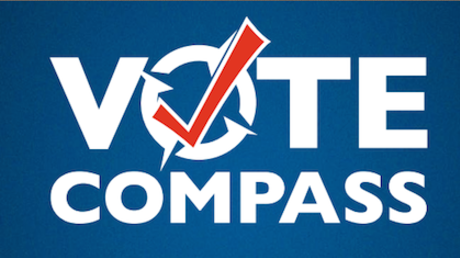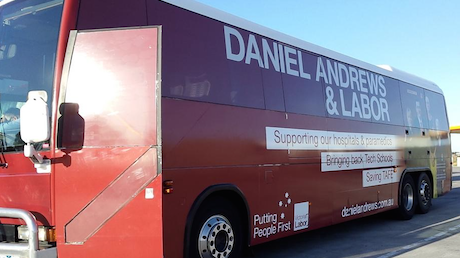Eight weeks out from the Victorian election on 29 November 2014, pollster Roy Morgan Research has surprisingly released SMS poll results for all states conducted from 26-29 September. The Victorian Morgan poll, which used a sample of 1700, has Labor leading the Coalition by a 54-46 Two Party Preferred (2PP) margin. Primary votes are 37.5 per cent for the Coalition, 34 per cent for Labor, 18 per cent for the Greens and 3 per cent for Palmer United Party (PUP). I suspect the 18 per cent Greens vote is too high, but the excess Greens votes will very probably be Labor votes on election day.
Morgan’s Federal polls, conducted by a mixture of SMS and face to face (F2F) polling, have leaned to Labor by about 1.5 per cent relative to other pollsters. This pro-Labor lean is likely to be due to the F2F component, as Morgan’s old F2F only polls used to heavily favour Labor, and were clearly out of step with both other polls and election results. We have not had many SMS-only polls from Morgan, but the 2PP vote in Victoria is in agreement with what other pollsters have found in the past. Morgan’s SMS polls in Queensland and New South Wales were both good news for the Coalition after adjusting the published 2PP numbers for the effect of optional preferential voting in those two states.
Morgan uses respondent allocated preferences (that is, asking those who say they'll vote for a minor party which of the two major parties they would select if those were their only choices) as the headline figure for its Federal polls, so it is likely that the state polls are also based on respondent allocation. In Victoria, using the 2010 election preferences, as Newspoll, Galaxy and Essential do, is likely to underestimate Labor’s position by at least 1 per cent for a given primary vote.
At the 2010 election, Federal and state Labor governments were in office, and after 11 years the state Labor government had become unpopular with environmental and social left wing voters, so Greens preferences did not flow as strongly to Labor as they did in last year’s Federal election. At the upcoming state election, with state and federal Coalition governments, I think Labor will benefit more from Greens preferences than they did at the 2010 election, especially given the level of Green disdain of Tony Abbott.
At the 2010 election, the Coalition was elected with 45 seats to Labor’s 43. A redistribution has notionally increased the Coalition’s majority to 48-40, but five of the Coalition’s notional seats currently have Labor sitting members, and a sixth Coalition marginal (Frankston) is held by controversial Liberal turned Independent Geoff Shaw. As a result, the “sophomore surge” effect, where first term members tend to do better than the party overall in swing terms, will not apply to many Victorian Coalition-held marginals.
Terrorism has boosted the Abbott government’s ratings in Victoria, and it now only trails by about 53-47 in this state according to the Poll Bludger’s BludgerTrack, eroding some of the so-called Abbott Factor.
Other polling in Victoria has been sparse. Galaxy had a mid-August poll that had Labor ahead by 52-48, and Newspoll’s July-August poll had Labor leading by 55-45. An Essential poll over September has Labor leading by 52-48, but there is some scope to question how solid that result is.
Since current polling has Labor clearly ahead, and since the Coalition will not benefit from sophomore surge in many of its marginals, my assessment is that Labor is the clear favourite to win the Victorian State election on the 29 November.
Adrian Beaumont is a PhD student at the University of Melbourne’s Department of Mathematics and Statistics and a regular contributor on political polls for The Conversation.




